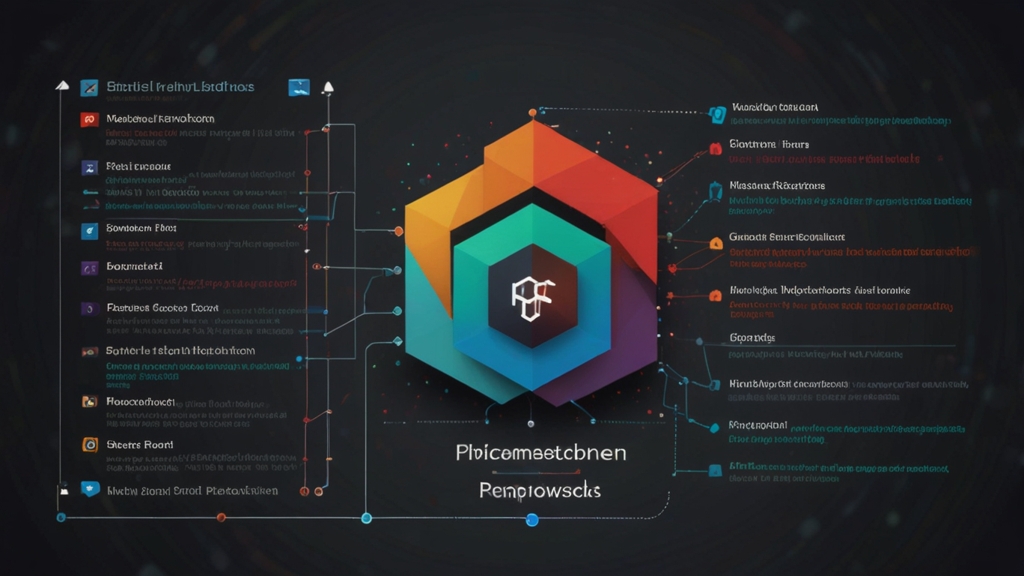From Concept to Launch: Navigating the Software Development Cycle
The journey from conceptualizing a software idea to successfully launching it can be both exhilarating and challenging. A well-structured software development cycle is critical to converting your vision into a functional and user-friendly product. In this article, we will walk you through the different stages of the software development lifecycle (SDLC), highlighting key activities and best practices at each phase.
1. Ideation and Feasibility Study
The first step in the software development cycle is identifying a problem or opportunity and conceptualizing a solution. This stage involves brainstorming and initial market research to validate the idea. You should ask questions like:
"Is there a demand for this software?"
"What are the potential benefits and challenges?"
A feasibility study is essential to evaluate the technical, operational, and financial viability of your idea. This includes creating a preliminary project plan and resource allocation, ensuring that you have the necessary skills, budget, and time to proceed.
2. Requirements Gathering and Analysis
Once the idea is validated, the next step is to gather detailed requirements. This involves engaging with stakeholders such as end-users, business analysts, and domain experts to understand their needs and expectations. The requirements should be well-documented, clear, and attainable.
"Gathering detailed requirements helps to minimize misunderstandings and sets a clear path for the project."
Requirements analysis involves validating and refining these needs, ensuring they are aligned with the overall project objectives. This stage may also include creating use cases, user stories, and functional specifications.
3. System Design
In the design phase, the requirements are translated into a blueprint for the software. This includes creating architecture, design documents, and detailed technical specifications. Design is often divided into:
- High-Level Design (HLD): Outlines the overall system architecture, including key components and their interactions.
- Low-Level Design (LLD): Provides detailed designs for individual modules and components, including data structures and algorithms.
This phase may also involve creating prototypes or wireframes to visualize the user interface and workflow, ensuring the design aligns with user expectations and business objectives.
4. Development
Development is where the actual coding happens. Based on the design specifications, developers write the code for various modules and integrate them. This stage often involves:
- Setting up development environments
- Writing, reviewing, and testing code
- Integrating different modules
- Version control and documentation
Agile methodologies, like Scrum or Kanban, are frequently employed to enhance flexibility and collaboration. Regular meetings and iterations ensure that the project remains on track and adapts to any changes in requirements.
5. Testing
Testing is a critical phase that ensures the software functions as intended and is free of defects. There are different levels of testing, including:
- Unit Testing: Testing individual components or modules
- Integration Testing: Ensuring that different modules work together smoothly
- System Testing: Verifying the entire system's functionality against requirements
- User Acceptance Testing (UAT): Validating the software with real users to ensure it meets their needs
Testing can be manual or automated and should cover functional as well as non-functional aspects such as performance, security, and usability.
6. Deployment
Once the software passes all testing phases, it is ready for deployment. This involves setting up the production environment and deploying the software for use. Deployment strategies can vary from direct deployment to staged or phased rollouts, depending on the complexity and criticality of the software.
Continuous integration and continuous deployment (CI/CD) pipelines are often used to streamline the deployment process, ensuring smooth and error-free releases.
7. Maintenance and Updates
The launch of the software is not the end but the start of a new phase - maintenance. This involves monitoring the software for bugs, performance issues, and user feedback. Regular updates and patches are required to keep the software relevant, secure, and efficient.
Effective maintenance relies on a robust support system, including help desks, user training, and detailed documentation. A proactive approach to maintenance can significantly enhance user satisfaction and long-term success.
Conclusion
Navigating the software development cycle from concept to launch requires meticulous planning, skilled execution, and continuous adaptation. By adhering to best practices at each phase, from ideation and feasibility study through to deployment and maintenance, you can ensure your software development project is a success.










